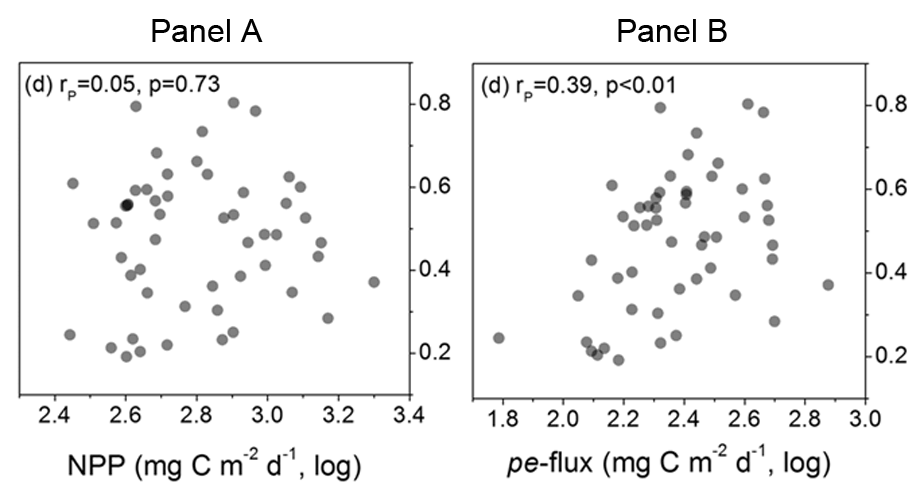January 24th, 2012
Key Findings
- This study confirms long-standing theory suggesting that primary production may not be a good indicator of fisheries yields across 52 globally-distributed Large Marine Ecosystems (LMEs) using recent algorithms and data compilations. This does not imply that primary production and fisheries yields are unrelated, just that additional factors must be considered.
- A range of metrics related to the export of energy from the planktonic food web to fish, including estimates of particle export and mesozooplankton production derived from GFDL-developed algorithms, showed significant skill in predicting fisheries yields across LMEs.
- Accounting for planktonic foodweb structure is important for predicting the impacts of climate change on global fisheries production.
Kevin Friedland, Charles Stock, Kenneth F. Drinkwater, Jason S. Link, Robert Leaf, Burton Shank, Julie Rose, Cynthia H. Pilskaln, Mike Fogarty. doi: 10.1371/journal.pone.0028945
Summary
There is considerable uncertainty in projections of the impacts of climate on fisheries yields due to uncertainties in climate change impacts on primary production and the processes controlling how much primary production is transferred to fish. Primary production and proxies such as chlorophyll have proven to be useful predictors of fisheries yields at regional scales but show much less skill when applied globally. The marine food web dynamics that control the transfer of energy from phytoplankton to fish are complex and the relationship between primary production and fisheries production may differ dramatically between ecosystems due to changes in planktonic food web structure.
In this collaboration with scientists from NOAA’s Northeast Fisheries Science Center, we confirm the limited skill of primary production (estimated from satellites) as a predictor of fisheries yields across 52 globally distributed large marine ecosystems (see map, panel A). We then assess the predictive skill of a number of metrics that account for the changes in planktonic food web dynamics. For example, panel B shows fisheries yield plotted against the flux of particles from the euphotic zone estimated using algorithms developed previously at GFDL (Dunne et al., 2005). Changes in the particle export reflect the combined effect of changes in productivity and a shift in the food web toward larger organisms more directly consumed by fish. This closer mechanistic connection yields a modest yet significant relationship with fisheries yields. Other metrics considered, such as the particle export ratio and the ratio of mesozooplankton production to primary production, yielded correlations as high as 0.7, suggesting the potential for more effective characterization of fisheries yield potential across globally-distributed ecosystems.
Known limitations: The particle export and mesozooplankton production patterns used in this paper reflect broad-scale mean trends that underlie significant unresolved spatial and temporal variations. Analysis against data on a region-by-region basis and further model improvement is needed and are being pursued. There is also uncertainty in satellite-based production estimates. We used objective criteria based on community databases for our choice of algorithm but continued improvement/evaluation of these algorithms would reduce the uncertainty in our results. While fisheries yields serve as useful proxies for fisheries production, they are also influenced by the degree of fishing effort.



